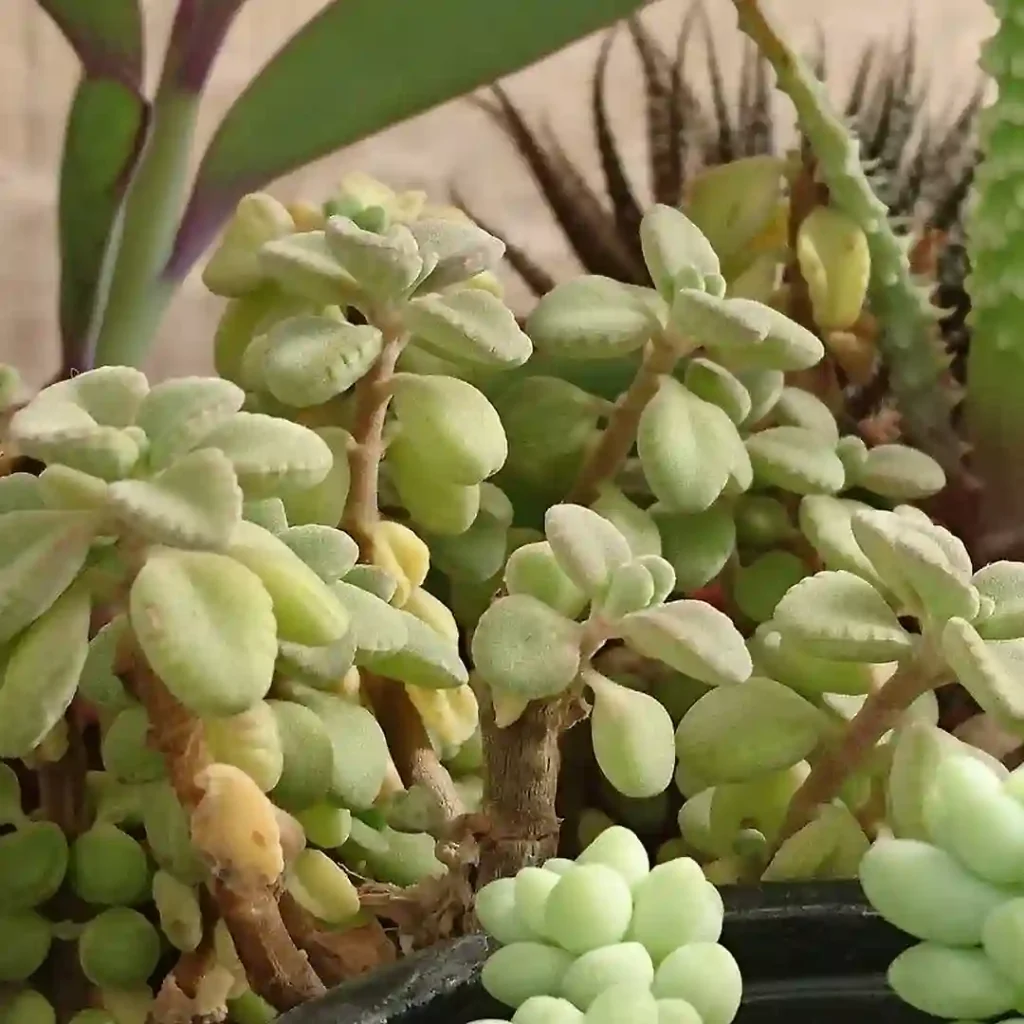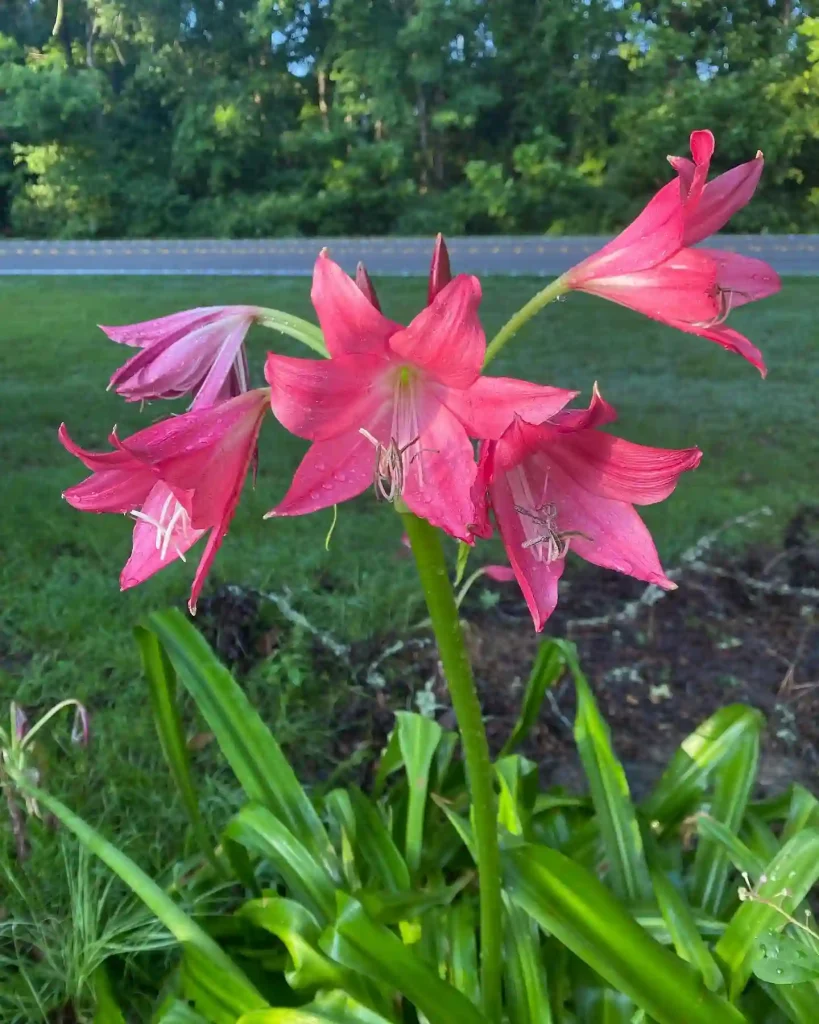A Gardener’s Guide to Oca: The Colorful Tuber from the Andes
For years, my vegetable patch has been a familiar territory. Potatoes, carrots, and tomatoes have thrived under my care, their predictable routines a source of comfort. But this season, I craved something new, a splash of the unexpected. Enter Oxalis Tuberosa, a vibrantly colored tuber with a fascinating history and a flavor that intrigued me.
569 Species in Genus Oxalis
What is Oxalis tuberosa?
Oxalis Tuberosa (Oca) is a perennial plant native to the high altitudes of the Andes. Often mistaken for a yam due to its starchy flesh, it’s actually part of the wood sorrel family. Unlike its delicate cousin, the shamrock, the Oca boasts a crown of underground edible tubers that come in a range of colors, from sunshine yellow to deep purple.
This ancient Andean crop has been cultivated for centuries, prized for its resilience and nutritional value. Rich in vitamin C, potassium, and fiber, the Oca offers a welcome diversity to the vegetable garden.
How to Grow Oca?
While not as common as potatoes, Oca is surprisingly easy to cultivate. Here’s what I learned about nurturing this unique tuber:
Climate: Oca thrives in cool climates with long growing seasons. It prefers full sun but tolerates partial shade. Hot summers can stunt tuber formation, so consider planting earlier in the season if you live in a warm region.
Soil: Well-drained, fertile soil with a slightly acidic to neutral pH (5.3-7.8) is ideal. Raised beds are a good option if your native soil is heavy clay.
Planting: Oca is propagated from tubers, which can be purchased online or from specialty nurseries. Plant the tubers whole, eye side up, about 2-3 inches deep and 8-12 inches apart.
Watering: Keep the soil consistently moist, especially during tuber formation. Avoid waterlogging, which can cause rot.
Feeding: A light feeding of organic fertilizer during the growing season can be beneficial.
Other Considerations
Daylight: Oca requires short days (around 12 hours or less) to initiate tuber formation. This can be a limiting factor in some regions.
Harvest: When the leaves start to die back in fall, the Oca is ready for harvest. Carefully dig up the tubers with a fork, taking care not to damage them.
Beyond the Basics: Tips for Oca Success
Here are a few additional pointers to ensure a bountiful Oca harvest:
- Companion Planting: Oca benefits from being planted near low-growing legumes like peas and beans, which help fix nitrogen in the soil.
- Mulching: A layer of organic mulch around the plants helps retain moisture and suppress weeds.
- Pests and Diseases: Oca is generally resistant to most pests and diseases that plague other root vegetables. However, watch out for slugs and snails, which can damage the foliage.
A Culinary Adventure with Oca
The beauty of Oca goes beyond its vibrant colors. Its flavor profile is a delightful surprise, offering a slightly nutty and tangy taste with a hint of earthiness. Here are some ideas to incorporate Oca into your culinary repertoire:
- Roasted: Toss cubed Oca with olive oil, herbs, and spices, and roast them until tender and golden brown.
- Stir-fried: Thinly sliced Oca cooks quickly in a stir-fry, adding a unique texture and flavor to your favorite Asian dishes.
- Soups and Stews: Diced Oca adds a delightful depth of flavor to soups and stews.
- Salads: Thinly sliced raw Oca adds a refreshing, tangy bite to salads.
With its beautiful colors, fascinating history, and unique flavor, Oca has become a welcome addition to my garden. It’s a testament to the vast diversity of the edible world, waiting to be explored by curious gardeners like myself. So, if you’re looking for a new challenge and a splash of color on your plate, give Oca a try. You might just be surprised by this little Andean treasure.
If i die, water my plants!



